Australia stands as a continent of extraordinary contrasts—from ancient landscapes shaped over millions of years to bold architectural statements constructed within living memory. This vast island nation offers travelers a remarkable range of iconic sights that showcase both natural wonders and human innovation.
The sheer diversity of landmarks reflects Australia’s unique position as both the world’s oldest continent and one of its youngest nations. From the red center to coastal metropolises, Australia’s most recognizable landmarks have become synonymous with the country itself.
Here is a list of 18 must-see Australian landmarks that represent the essence of this remarkable destination.
Sydney Opera House
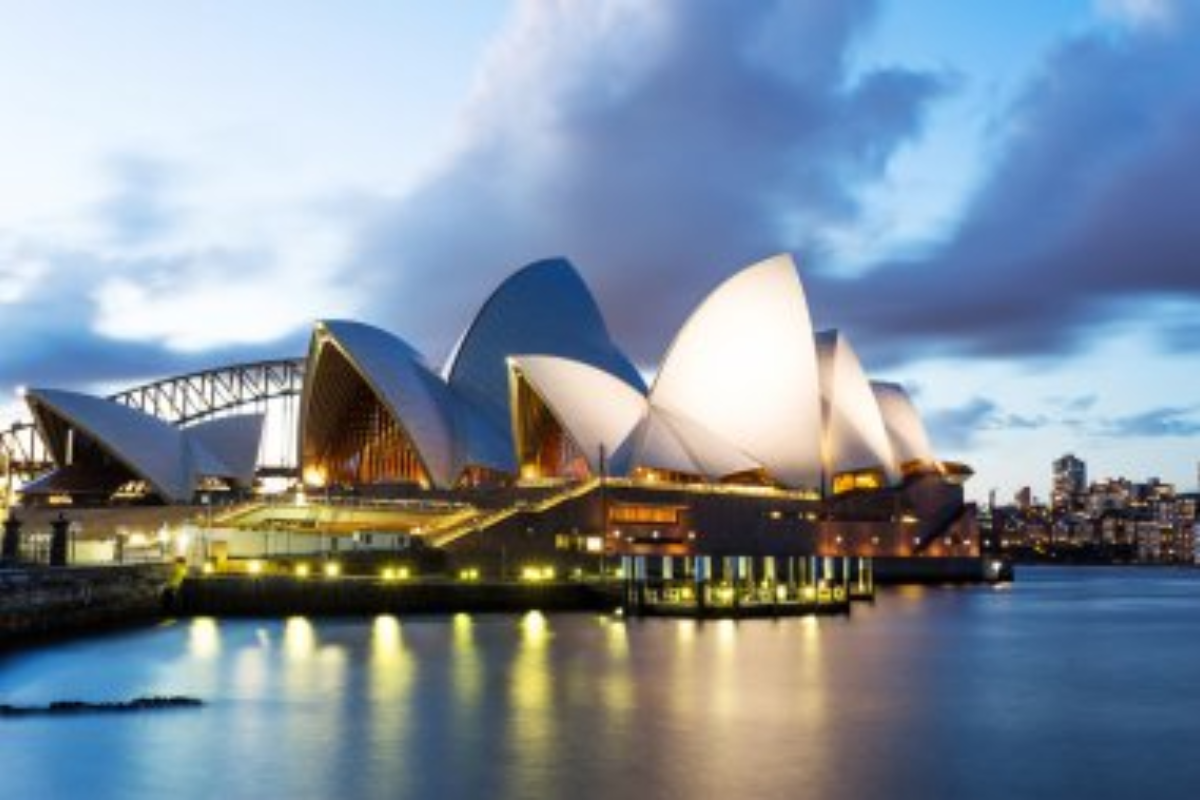
Few buildings on Earth are as instantly recognizable as the Sydney Opera House with its distinctive sail-shaped shells. Completed in 1973 after numerous controversies, Danish architect Jørn Utzon’s masterpiece transformed Sydney’s identity and Australia’s cultural landscape.
The complex houses multiple performance venues where over 1,500 performances occur annually, attracting nearly 11 million visitors. Despite its name, the Opera House contains concert halls, theaters, restaurants, and outdoor spaces—serving as Sydney’s cultural heart.
Uluru (Ayers Rock)
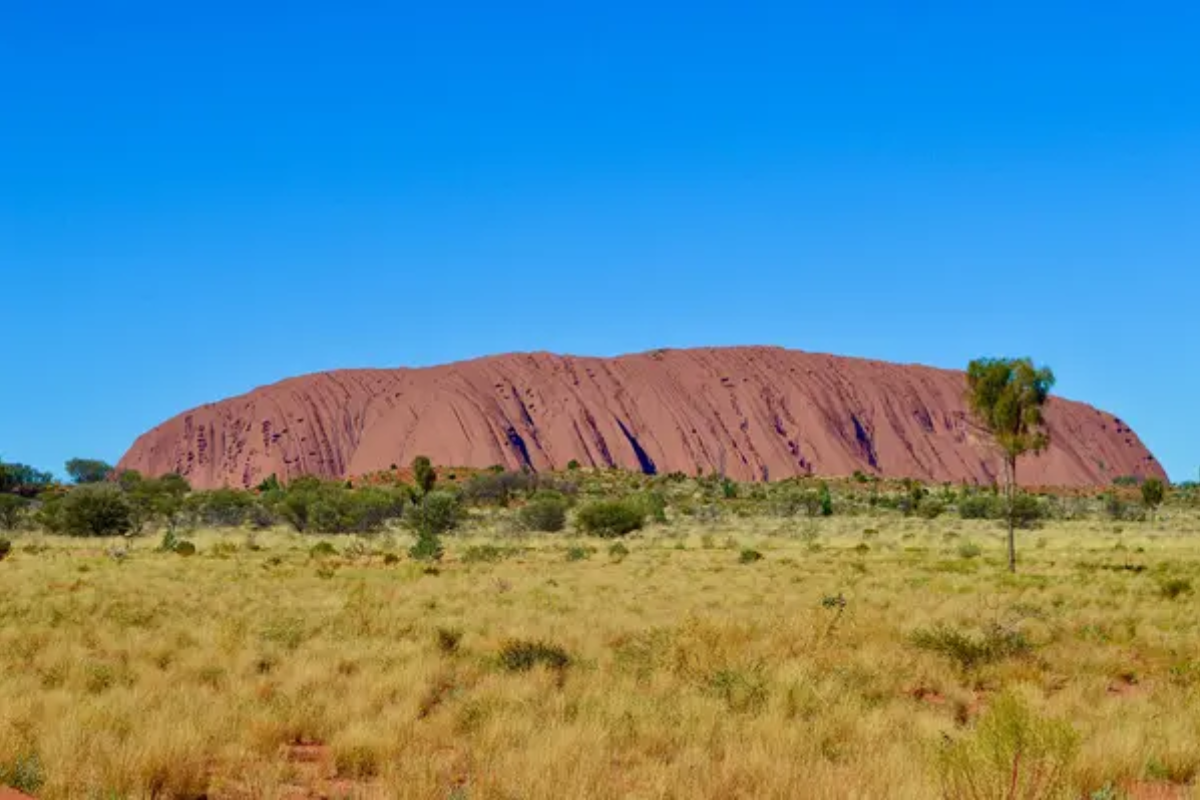
This massive sandstone monolith rises dramatically from the flat desert landscape of Australia’s Red Centre. Sacred to the Indigenous Anangu people for thousands of years, Uluru changes color throughout the day—most spectacularly at sunrise and sunset when it glows vibrant red.
The rock stands 1,142 feet high with a circumference of nearly 6 miles, making it visible from vast distances across the desert plain. Visitors now respect Anangu’s wishes by not climbing Uluru but instead experiencing its majesty through guided walks that explain its cultural significance and geological uniqueness.
Like Travel Pug’s content? Follow us on MSN.
Great Barrier Reef
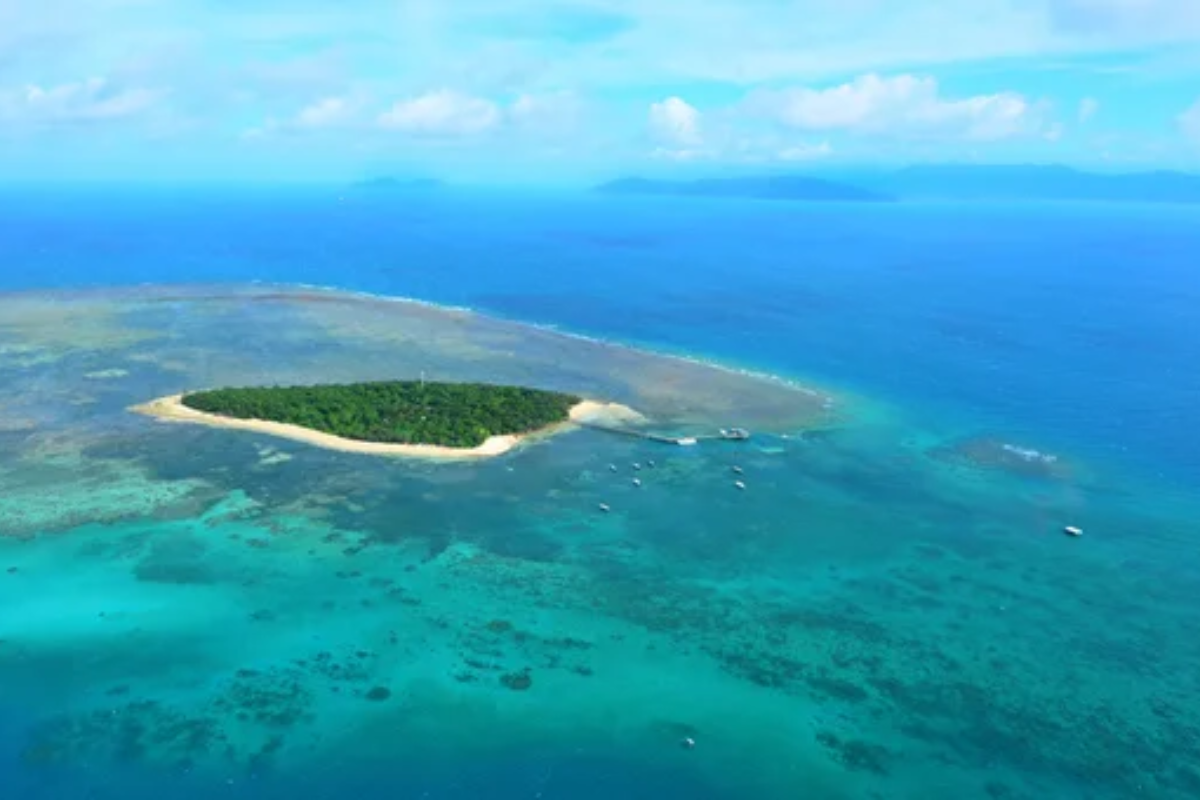
Stretching over 1,400 miles along Queensland’s coast, this living structure ranks among the planet’s most remarkable natural wonders. Visible from space, the reef comprises over 2,900 individual reef systems and hundreds of tropical islands with gorgeous beaches.
Marine life thrives here in extraordinary diversity—from 1,500 fish species to six of the world’s seven sea turtle species. Climate change threatens this fragile ecosystem, making conservation efforts increasingly urgent to preserve what remains the world’s largest coral reef system.
Twelve Apostles
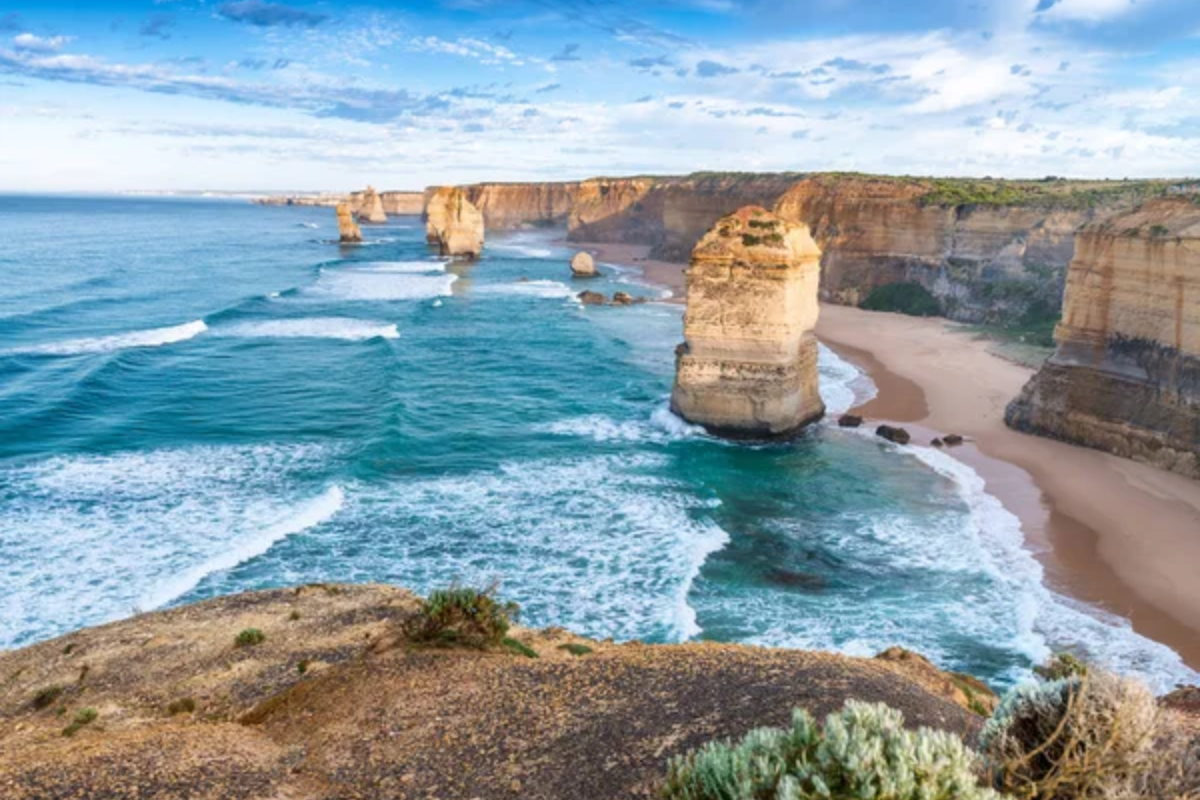
These magnificent limestone stacks rising from the Southern Ocean along Victoria’s Great Ocean Road create one of Australia’s most photographed coastal landscapes. Formed by erosion over millions of years, these pillars once connected to the mainland before waves gradually carved them into their current isolated positions.
Despite the name, there were never actually twelve formations—only eight existed when named, with one collapsing in 2005. Dawn and dusk transform these structures into silhouettes against colorful skies, creating magical moments for photographers and visitors alike.
Sydney Harbour Bridge
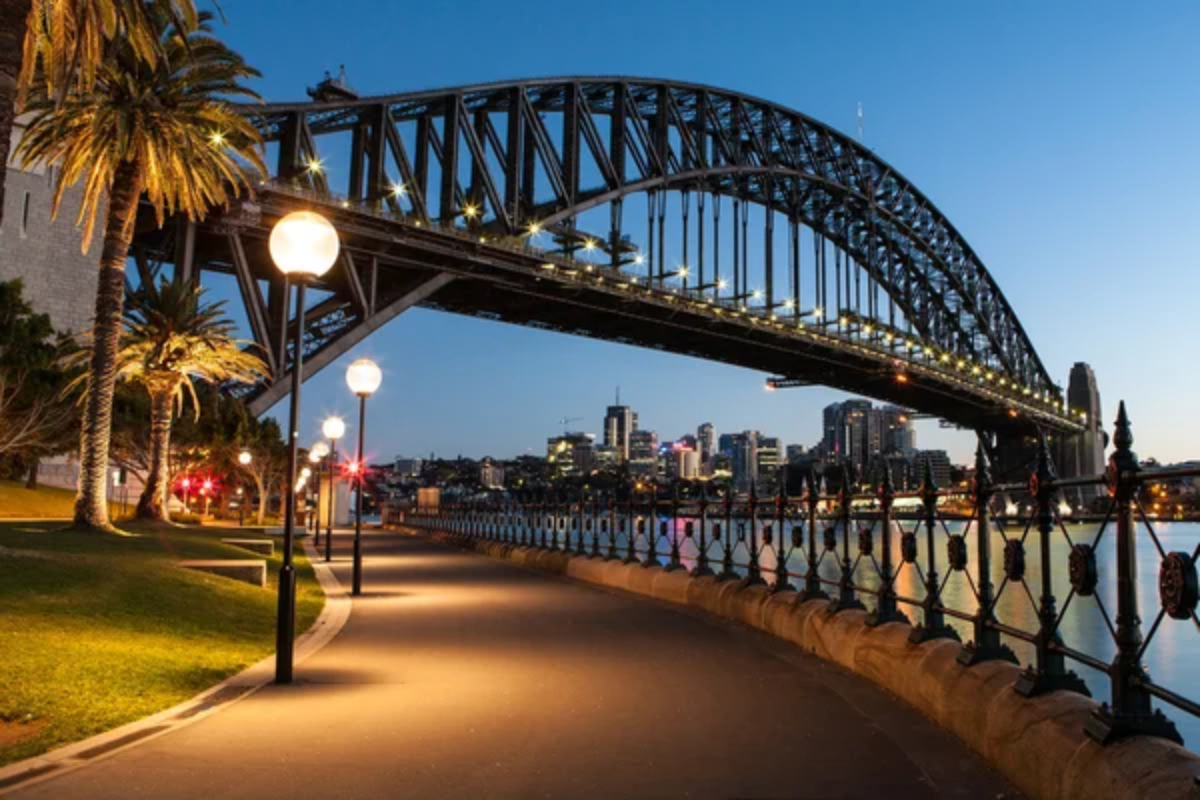
Affectionately known as ‘The Coathanger’ due to its distinctive arch-based design, this engineering marvel connects Sydney’s central business district with the North Shore. Completed in 1932, it remains the world’s largest steel arch bridge, though not the longest.
Adventure seekers can climb to the summit 440 feet above the harbor for panoramic views of the city and opera house. The bridge plays a central role in Sydney’s New Year’s Eve celebrations when spectacular fireworks illuminate its massive frame against the night sky.
Like Travel Pug’s content? Follow us on MSN.
Port Arthur Historic Site
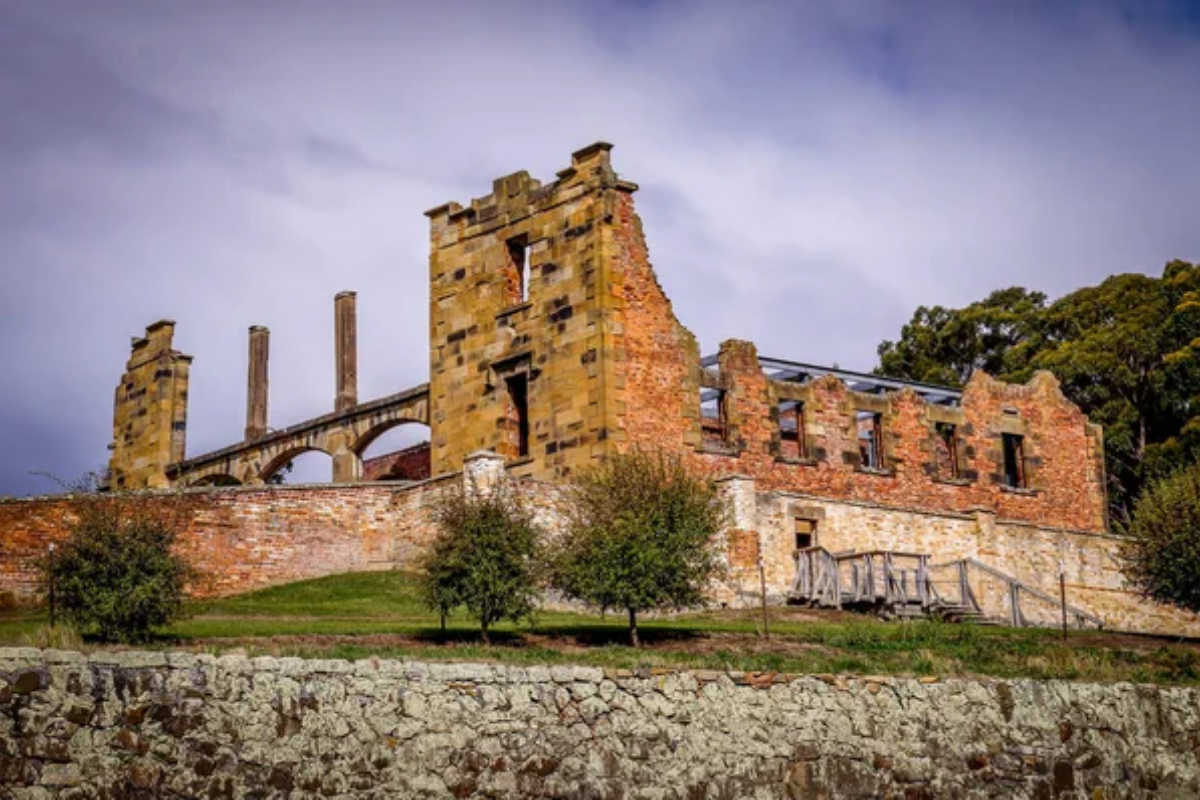
This remarkably preserved convict settlement on Tasmania’s Tasman Peninsula stands as a reminder of Australia’s origins as a British penal colony. Established in 1830, Port Arthur functioned as a punishment station for the most hardened British and Irish convicts.
The site combines beautiful surroundings with sobering history—elegant gardens surround buildings constructed through forced labor. Tours of the grounds reveal stories of harsh punishment alongside tales of resilience and ingenuity that ultimately helped shape Australian identity.
Kakadu National Park
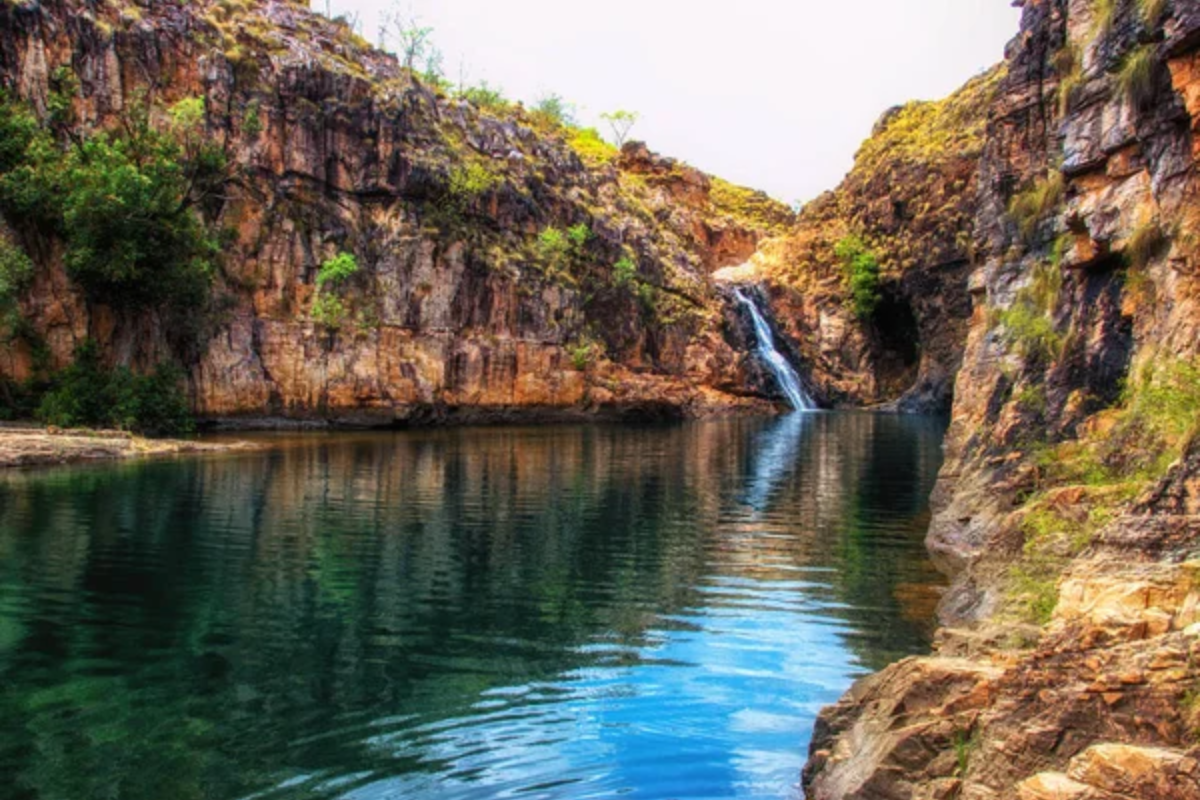
Australia’s largest national park encompasses almost 20,000 square kilometers of extraordinary biodiversity and cultural significance. Ancient rock art galleries showcase Indigenous artwork dating back more than 20,000 years, providing insights into the world’s oldest continuous culture.
During the wet season, floodplains transform into spectacular wetlands housing millions of migratory birds and the region’s famous saltwater crocodiles. The park’s diverse ecosystems—from sandstone escarpments to monsoon forests—have earned it dual UNESCO World Heritage listings for both cultural and natural values.
Blue Mountains
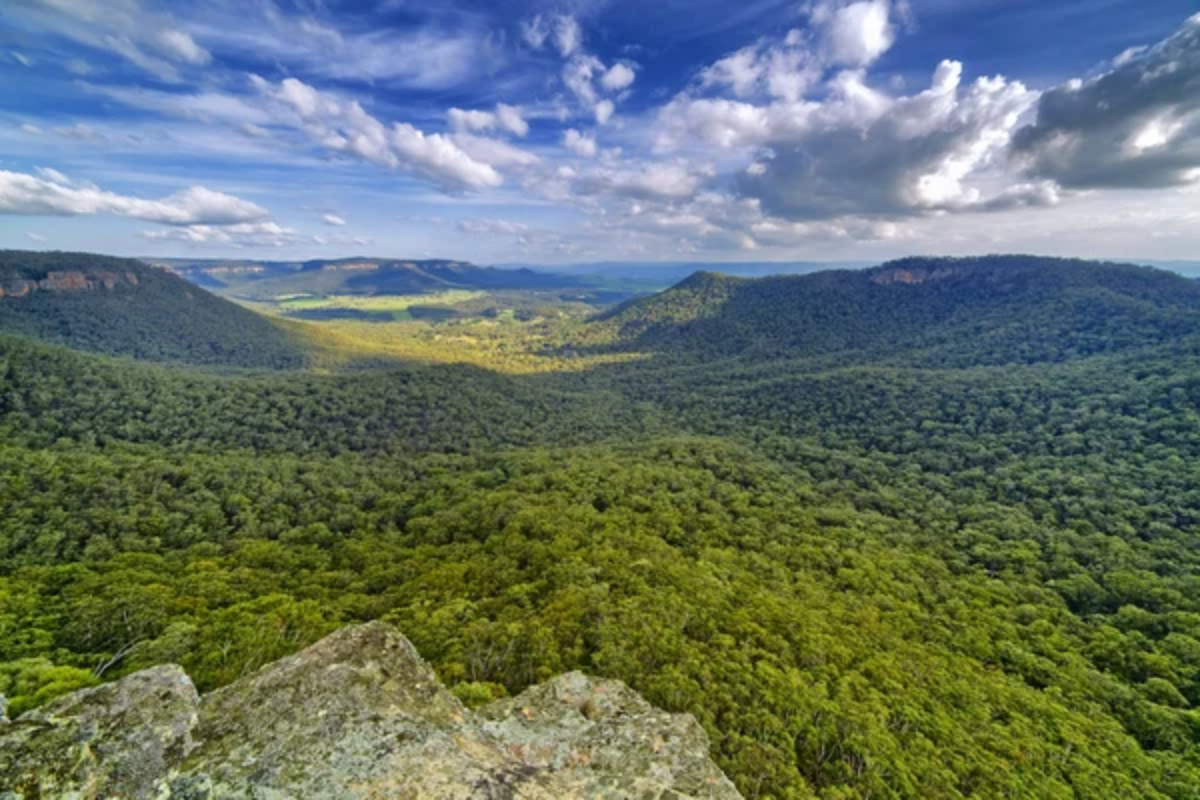
Just 50 miles west of Sydney, these mountains appear blue from a distance due to oil released from eucalyptus forests that create a distinctive haze. The region features dramatic scenery including the Three Sisters rock formation—three weathered sandstone peaks that figure prominently in Aboriginal Dreamtime stories.
Walking trails ranging from easy strolls to challenging multi-day hikes allow visitors to experience ancient rainforest gullies and breathtaking lookouts. The vintage Scenic Railway, the world’s steepest passenger railway with a 52-degree incline, provides thrilling access to otherwise inaccessible parts of the Jamison Valley.
Like Travel Pug’s content? Follow us on MSN.
Great Ocean Road
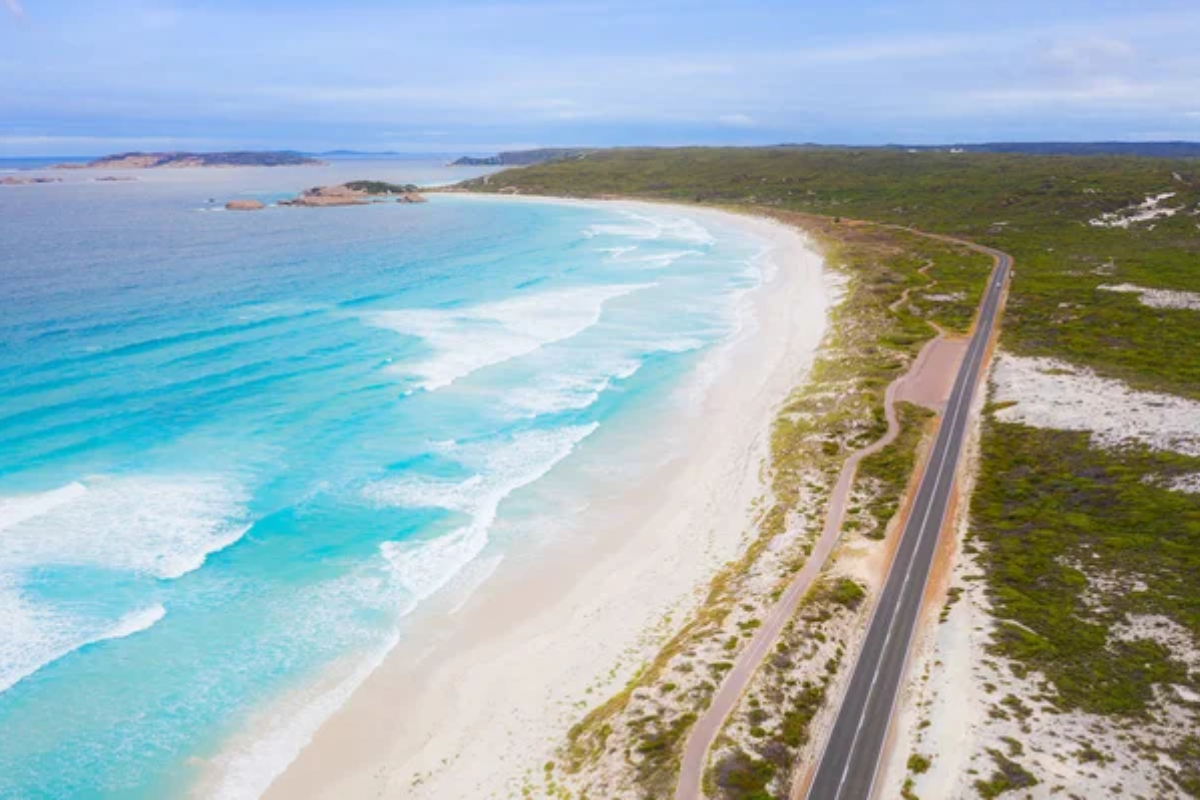
This 151-mile coastal route along Victoria’s southern edge stands as a memorial to soldiers lost in World War I, built by returning veterans between 1919 and 1932. The road hugs dramatic clifftops offering views of thundering Southern Ocean waves against limestone formations like the Twelve Apostles and London Bridge.
Inland detours lead to temperate rainforests where ancient ferns grow beneath towering eucalyptus trees. Charming coastal towns dotting the route provide perfect rest stops where local seafood pairs wonderfully with regional wines.
Daintree Rainforest
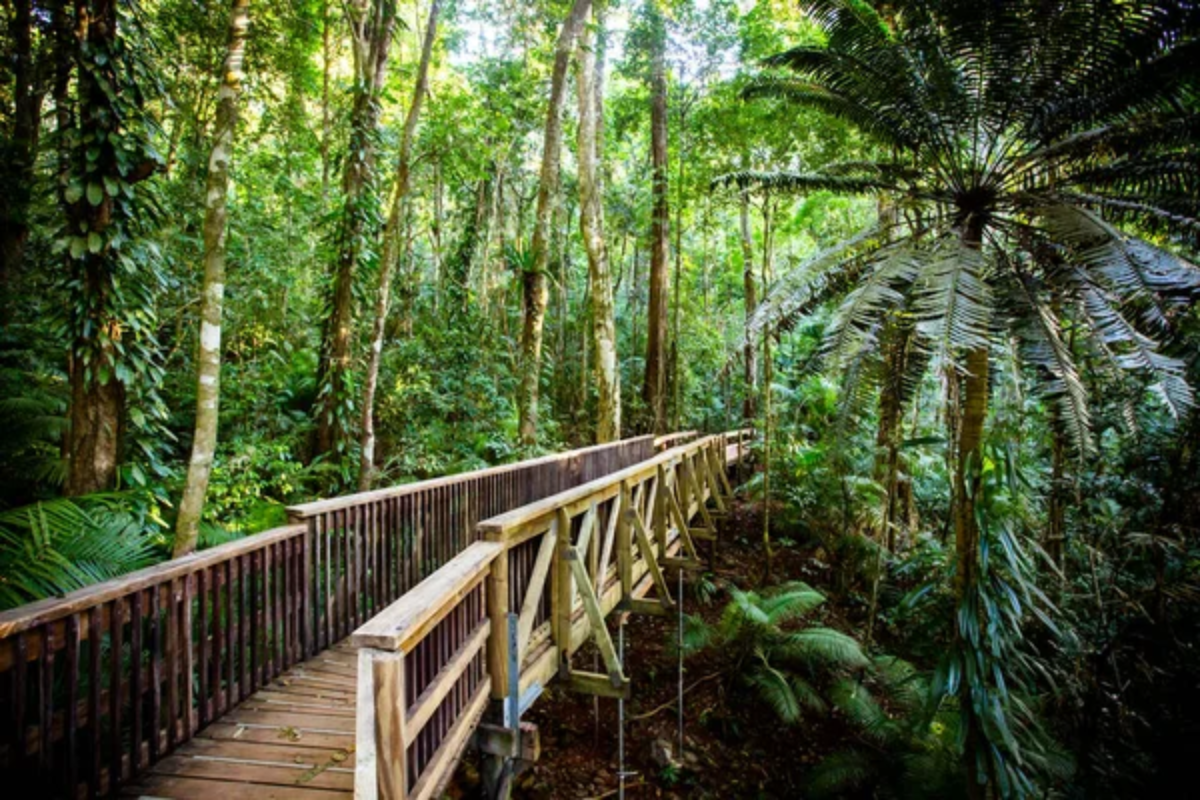
North of Cairns in Queensland lies the world’s oldest tropical rainforest—an ecological treasure estimated to be 180 million years old, predating the Amazon. This ancient ecosystem hosts an astonishing concentration of plant and animal species found nowhere else, including primitive flowering plants that show evolutionary links to prehistoric eras.
Where the rainforest meets the Great Barrier Reef at Cape Tribulation, two World Heritage sites converge in a globally unique intersection. Traditional owners, the Eastern Kuku Yalanji people, offer guided tours sharing cultural knowledge about plants, animals, and sustainable interaction with this complex environment.
Wave Rock
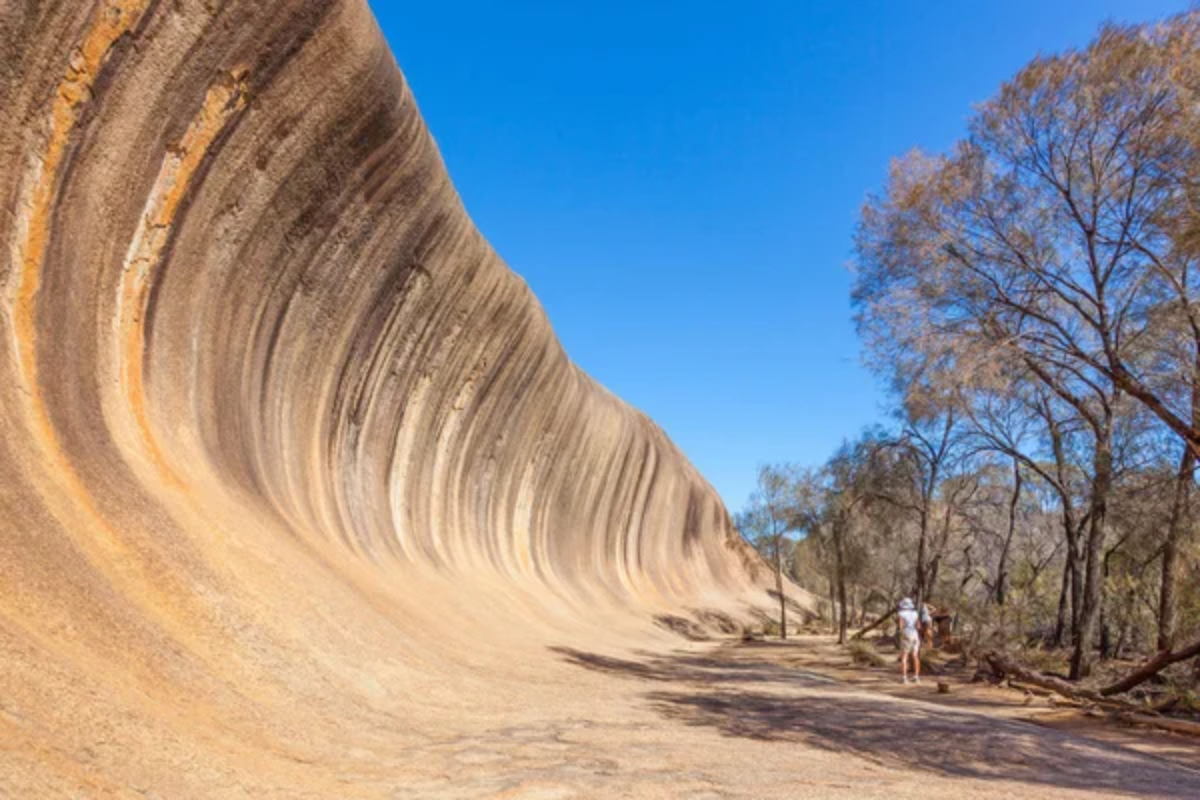
This remarkable natural formation in Western Australia resembles a massive ocean wave frozen in stone. Rising nearly 50 feet and stretching 360 feet long, the granite rock face developed its distinctive shape through weathering and erosion over 2.7 billion years.
Indigenous Ballardong people have spiritual connections to this site, using the area for gatherings and ceremonies. Nearby, smaller formations like Hippo’s Yawn and Mulka’s Cave with ancient rock art demonstrate the region’s geological and cultural significance.
Like Travel Pug’s content? Follow us on MSN.
Melbourne Cricket Ground

Known simply as ‘The G’ to Australians, this sporting coliseum holds a special place in national identity as the country’s most hallowed sporting venue. Established in 1853, the MCG has evolved into a 100,000-capacity stadium hosting cricket in summer and Australian Rules Football during winter months.
The stadium housed the 1956 Olympic Games and numerous other international sporting events throughout its history. Even non-sports enthusiasts appreciate tours revealing the venue’s rich heritage, including the National Sports Museum with its extensive collection of sporting memorabilia.
Bondi Beach
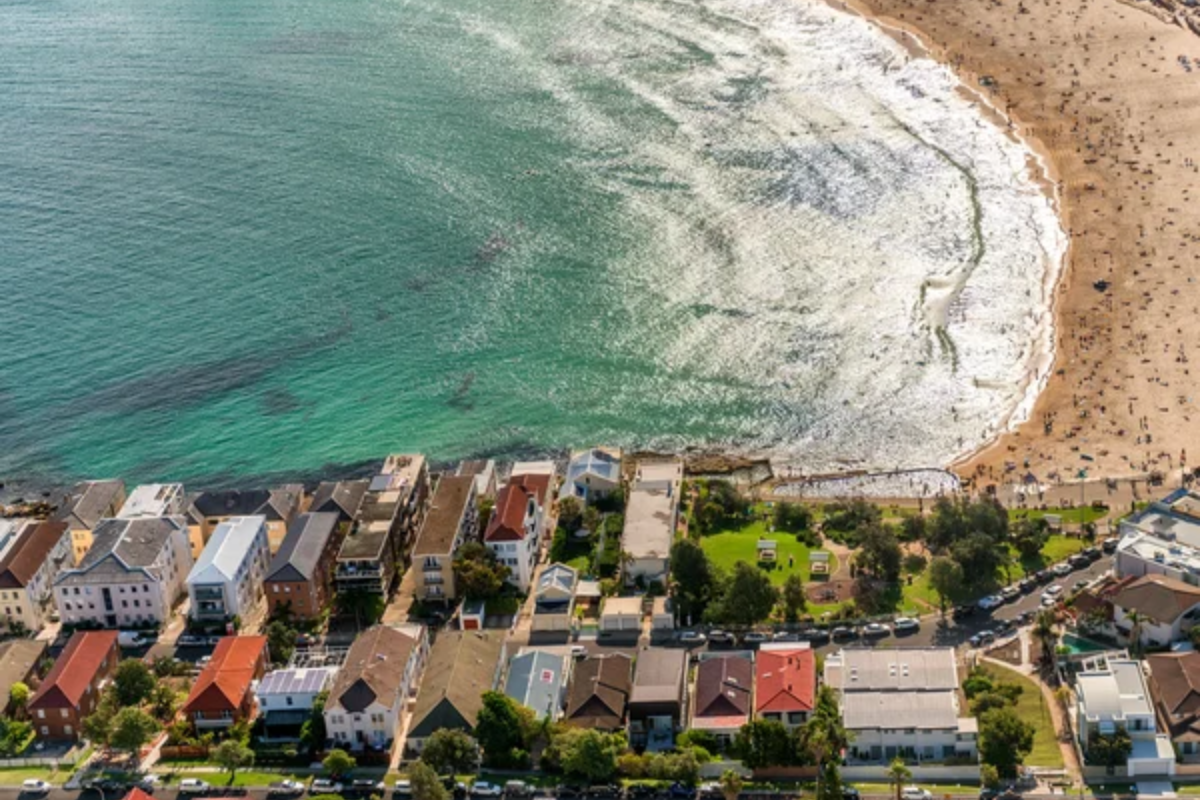
Perhaps Australia’s most famous stretch of sand, Bondi, represents beach culture at its most iconic. Just minutes from Sydney’s downtown, this crescent-shaped beach draws everyone from sunbathers to surfers riding its reliable breaks.
The Bondi to Coogee coastal walk offers spectacular ocean views while passing several beaches and naturally formed ocean pools. Lifeguards in their distinctive red-and-yellow uniforms have become cultural symbols, featured in television shows that highlight both the beach’s beauty and potential dangers.
Devil’s Marbles
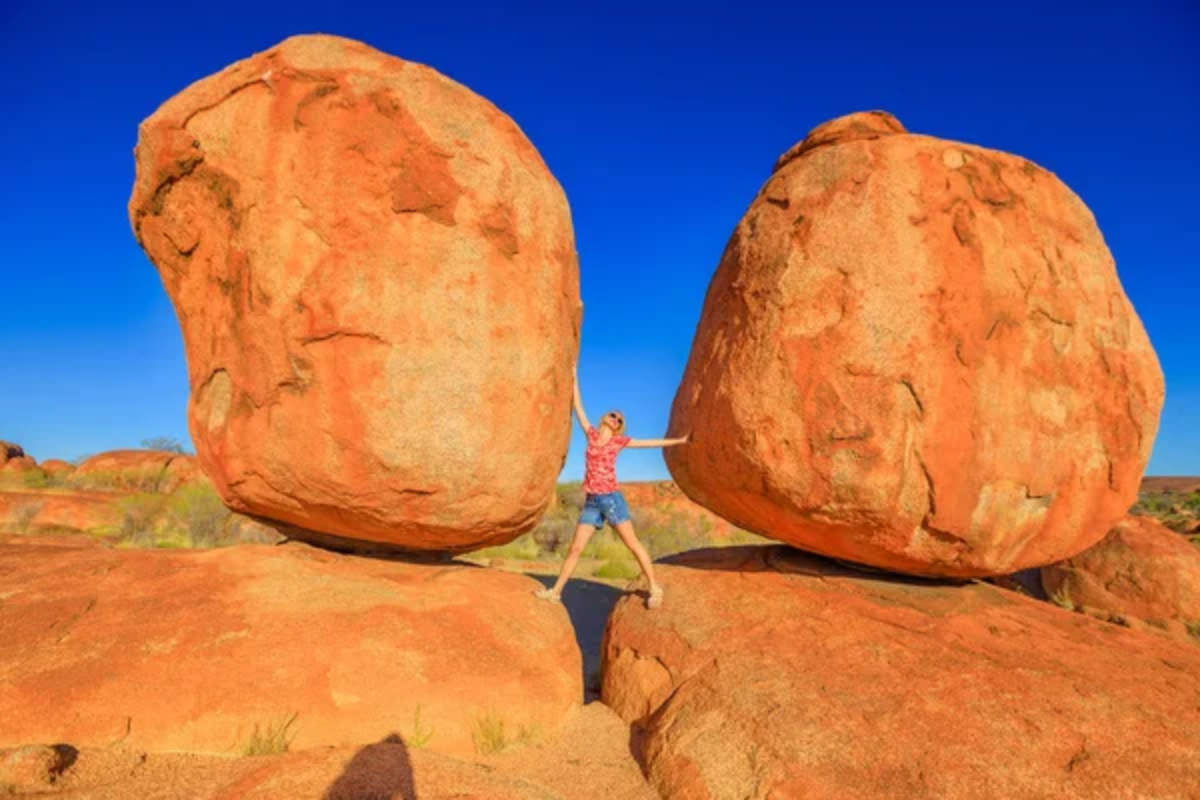
These massive granite boulders balanced precariously atop one another create an otherworldly landscape in Australia’s Northern Territory. Known as Karlu Karlu to traditional owners, these formations hold deep spiritual significance to several Aboriginal groups who share custodianship.
The rocks continually change color throughout the day—glowing red at sunrise and sunset while appearing more muted during midday heat. Geologically, they resulted from erosion exposing an underground granite layer that fractured into separate boulders that continue slowly weathering today.
Like Travel Pug’s content? Follow us on MSN.
Horizontal Falls
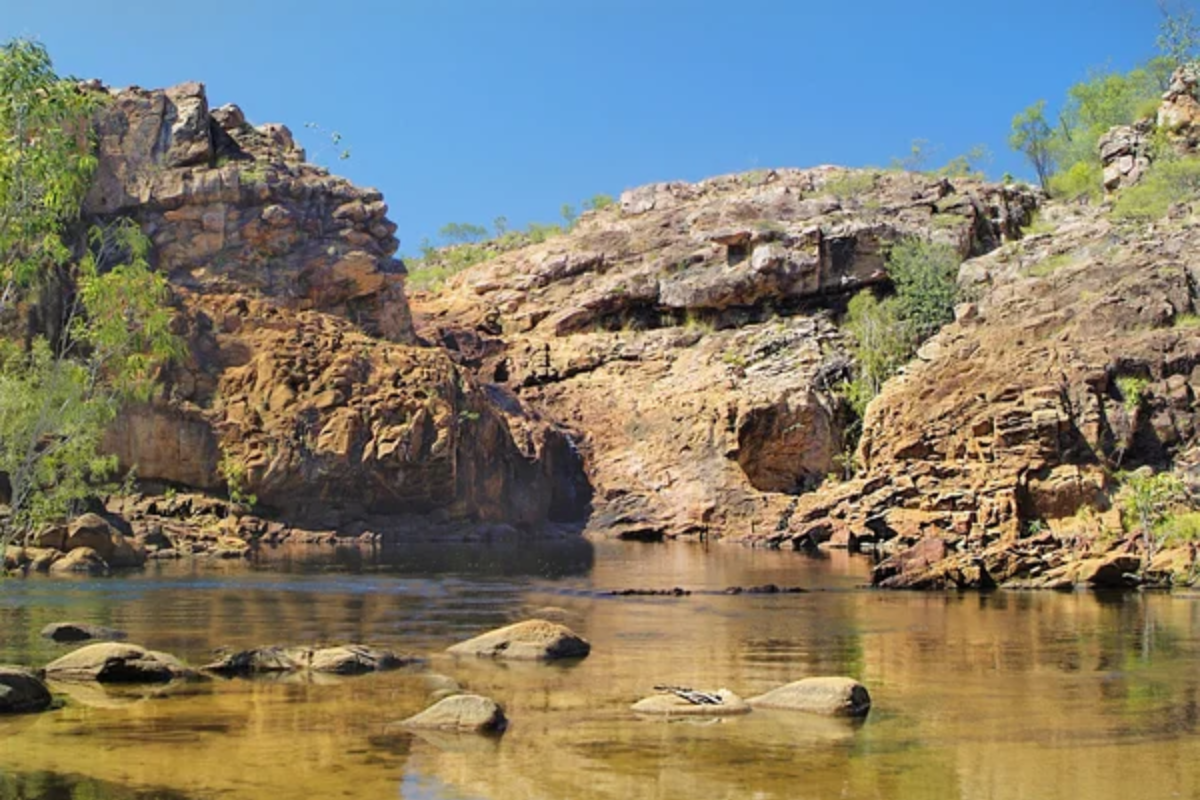
Described by naturalist David Attenborough as “one of the greatest natural wonders of the world,” these unusual falls occur horizontally rather than vertically. Located in Western Australia’s Kimberley region, powerful tidal movements force water through two narrow gorges creating intense rapids that reverse direction with changing tides.
The water level can differ by up to 16 feet between the bays, creating a truly unique natural phenomenon. Scenic flights and boat tours offer different perspectives on these falls that demonstrate the tremendous power of Australia’s massive tidal fluctuations.
Cradle Mountain
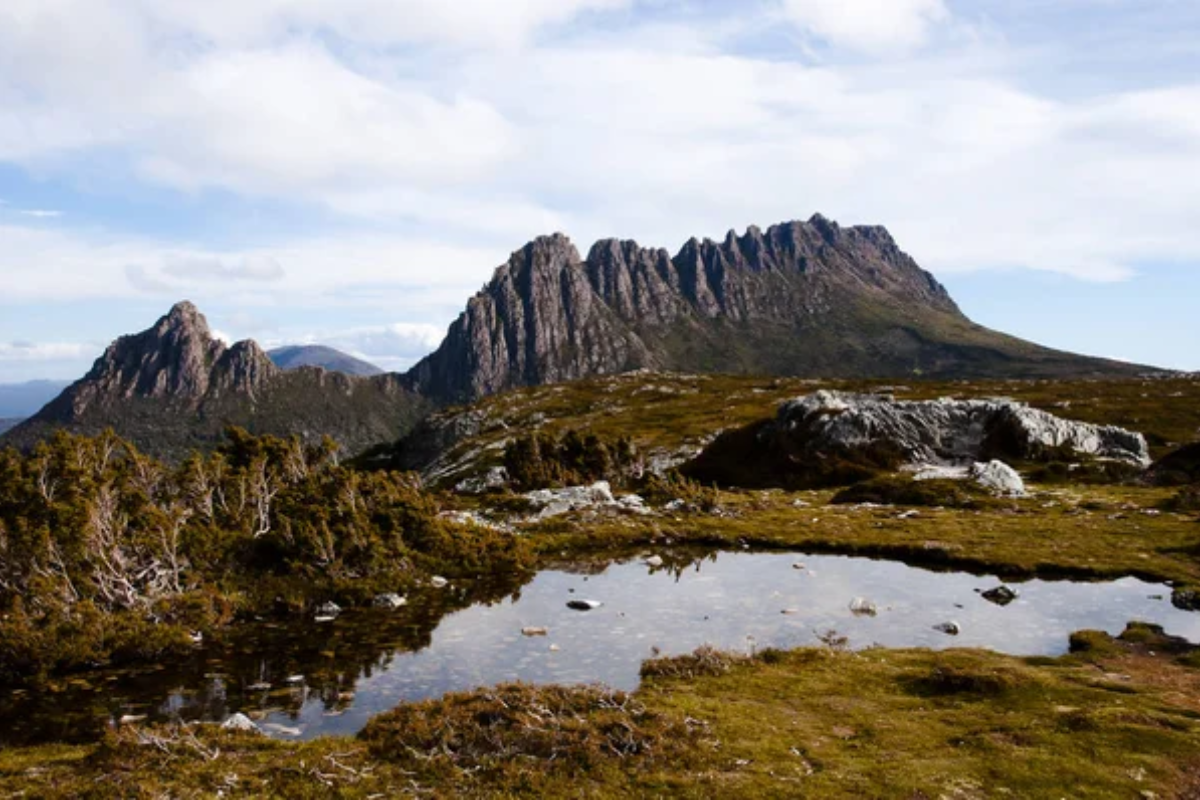
This jagged peak in Tasmania’s highlands forms one of Australia’s most recognizable mountain silhouettes. The surrounding national park features glacial lakes, ancient rainforests, and alpine heathlands that showcase Tasmania’s extraordinary wilderness.
Wombats, echidnas, and Tasmanian devils inhabit the area, often spotted by hikers along the many walking trails. Dove Lake at the mountain’s base offers perfect reflections of the rugged peak when weather conditions create still water—an image that has become emblematic of Tasmania’s wild beauty.
Parliament House

Canberra’s modern Parliament House opened in 1988 as a striking architectural statement partially buried in Capital Hill. The building’s design incorporates numerous symbolic elements, including a massive flagpole rising 266 feet above the structure.
Visitors can walk over the grassy slopes that form the building’s roof—a design feature symbolizing the supremacy of the people over their government. Inside, impressive art collections and the Great Hall’s remarkable tapestry showcase Australian creativity, while parliamentary chambers represent the country’s democratic system.
Like Travel Pug’s content? Follow us on MSN.
Pinnacles Desert
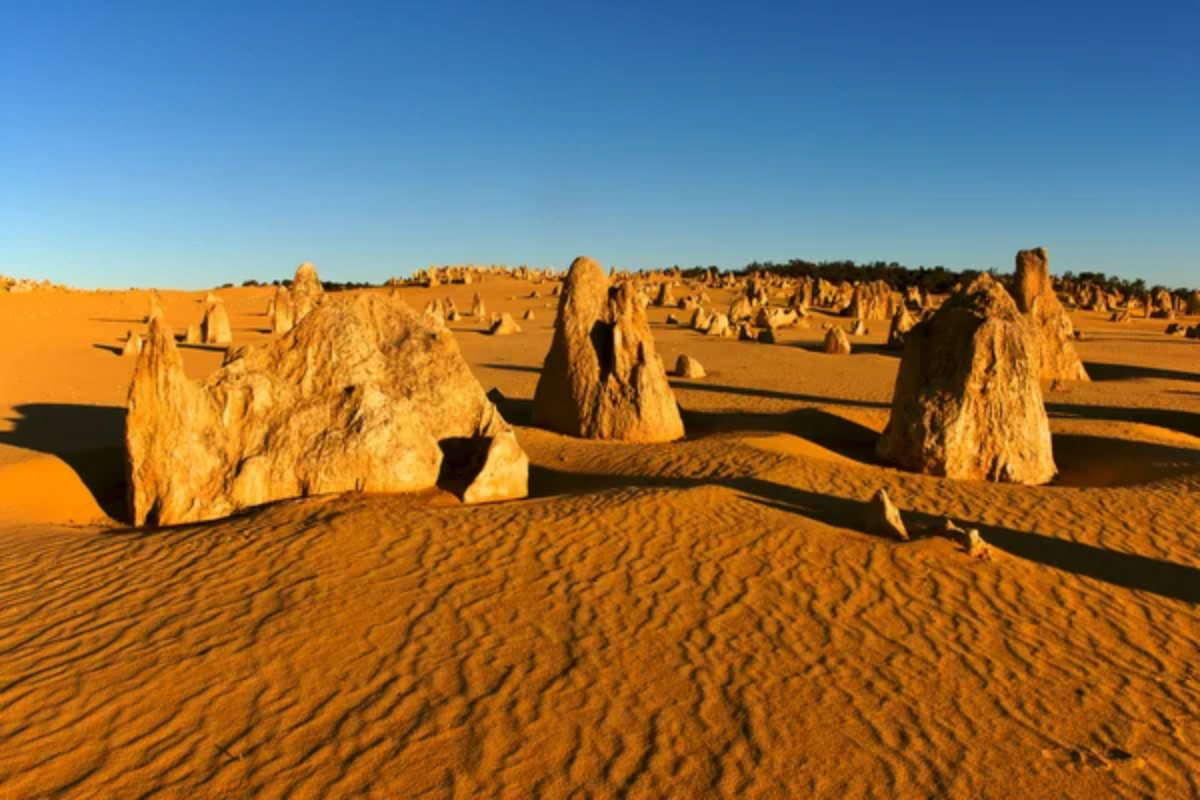
Rising from yellow dunes in Western Australia, thousands of limestone pillars create a lunar-like landscape unlike anywhere else on the continent. These formations, standing up to 11 feet tall, developed approximately 25,000 to 30,000 years ago when coastal winds removed surrounding sand to expose the compressed seashell fragments.
The best viewing occurs at sunrise or sunset when long shadows create dramatic patterns across the desert floor. Western grey kangaroos, emus, and reptiles inhabit this seemingly inhospitable environment, adding wildlife viewing opportunities to the otherworldly landscape experience.
Ancient Foundations, Modern Dreams
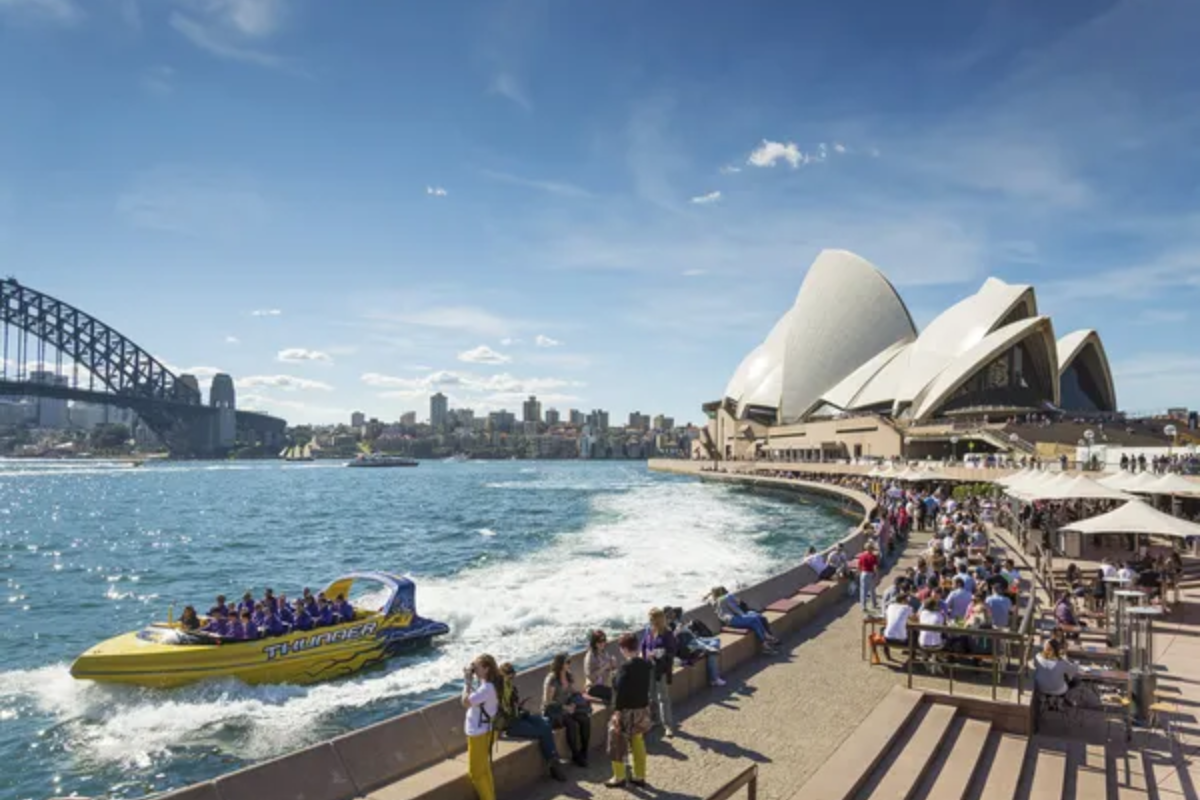
Australia’s landmarks reveal a nation constantly balancing its ancient geological foundations with forward-looking cultural aspirations. From 50,000-year-old rock art to architectural statements barely decades old, these iconic sights tell a complex story of place and identity.
Visitors encounter not just spectacular views but deeper understandings of how landscape shapes culture and history. Australia’s landmarks ultimately reveal a nation where respect for ancient wisdom increasingly complements contemporary innovation—creating experiences that remain in travelers’ memories long after departure.
More from Travel Pug

- Cities Growing so Fast You Won’t Recognize Them in 10 Years
- 13 Destinations Where Tourists Regularly Regret Their Trip
- 16 U.S. Cities That Are Quietly Becoming Travel Hotspots
- Where to Travel If You Love Long Bus Rides and Daydreams
- 20 Cities Perfect for Solo Travelers Who Crave Adventure & Culture
Like Travel Pug’s content? Follow us on MSN.
